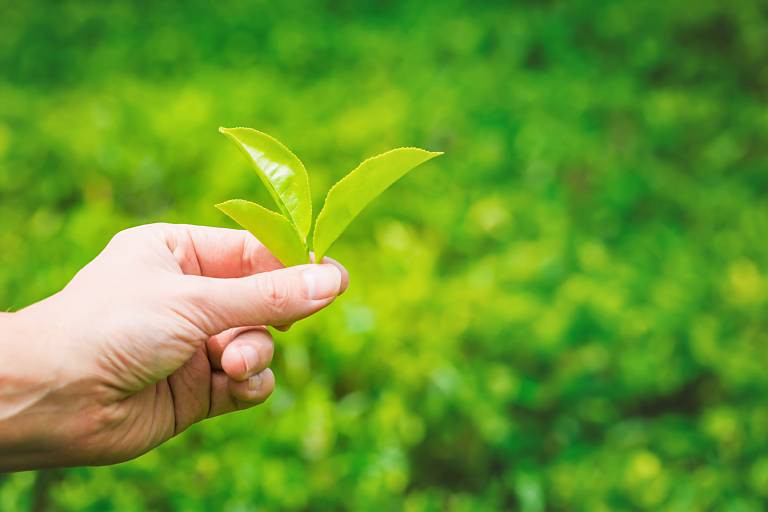Tea
History of Tea
Tea, an aromatic beverage commonly prepared by pouring hot or boiling water over cured or fresh leaves of the Camellia sinensis plant, has a rich history that spans thousands of years. Originating from Southwest China, it was first used as a medicinal drink. The practice of tea drinking spread to East Asia during the Chinese Tang Dynasty, ultimately becoming a significant aspect of cultural tradition.
By the early 16th century, Portuguese priests and merchants, exposed to tea during their missions in East Asia, introduced it to Europe. In the 17th century, tea rapidly became fashionable among Britons, who started large-scale production and commercialization in India to bypass Chinese monopoly.
Types of Tea
Green Tea
Green tea is a type of tea that is made from Camellia sinensis leaves and buds that have not undergone the same withering and oxidation process as oolong teas and black teas. It originates from China, but its production has spread to several countries in Asia.
Black Tea
Black tea is a type of tea that is more oxidized than green, oolong, and white teas. Black tea is stronger in flavor and generally contains more caffeine. It accounts for about three-quarters of the world’s tea consumption.
Oolong Tea
Oolong tea represents only 2% of the world’s tea, but it’s well-worth discovering. It combines the qualities of dark and green teas, giving it several interesting health benefits. Oolong tea is often described as the “champagne of tea”.
Production and Export of Tea
Tea production is a significant industry in several countries, with China, India, and Sri Lanka leading as the world’s largest tea producers. Other countries such as Kenya, Turkey, and Vietnam also play key roles in the global tea industry. These nations not only cultivate tea for local consumption but also export significant quantities to the global market.
Tea and Health
The health benefits of tea are vast. Some studies suggest that regular tea consumption can lower risk factors for heart disease and diabetes, improve brain health, and boost weight loss and metabolism. Green tea is well-known for its antioxidant properties, while black tea may help to regulate cholesterol levels.
Culture and Tea
Drinking tea plays a central part in many cultural activities worldwide. In China, it forms part of traditional medicine and spiritual ceremonies. In Japan, the tea ceremony is seen as an art form and a spiritual discipline. Meanwhile, in Britain, tea-drinking is a daily ritual and a significant aspect of the social fabric.
Tea Preparation and Consumption
The preparation of tea varies widely depending on the type and cultural context. In general, the process involves steeping tea leaves in hot water for several minutes. Some tea types like matcha require a unique preparation method that involves grinding the tea leaves into a powder.
Tea consumption also varies globally. In many Eastern countries, tea is consumed plain, while in others like Britain and India, it is commonly served with milk and sugar. Other additives such as lemon, honey, or mint are popular in different cultures.
Tea: A Universal Symbol of Hospitality
From the casual tea drinker to the connoisseur, tea is a universal symbol of hospitality and comfort. Its rich history, diversity, and global significance make it a fascinating and rewarding subject of study.











tonometries xyandanxvurulmus.c5eKQYNY9RDL
hokeypokeys xyandanxvurulmus.bVDS8r7hfEVZ
xyandanxvurulmus.vT3rcs2JarxS
xyandanxvurulmus.9UL2xY4NVHRH
xbunedirloooo.GEFwsIRTv4ve
xyandanxvurulmus.VylfZ4jrNcnw
yandanxvurulmus.Mz4RWTWfsQWz
vurcazkircazpatliycaz.KmwBNCeYM0E4
jmgfdi
Pingback: Tutu Tales Royal Tea Party | GVTEA